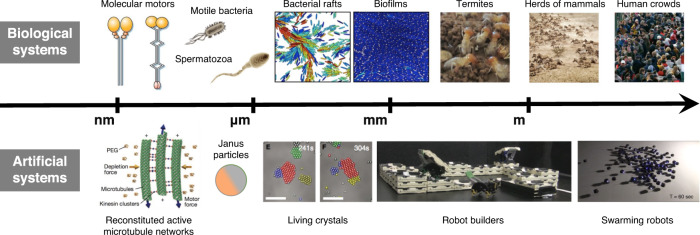Fig. 1. Examples of active matter systems.
Overview of active matter systems on all length scales, ranging from nanoscopic molecular and colloidal systems to swarms of animals or robots, and even to human crowds. Despite their seemingly large differences, all these systems exhibit striking similarities regarding their emergent behaviours. Being out of thermodynamic equilibrium, active particles can explore complex forms of dynamical self-organisation and exhibit intricate interplays between single-particle properties and collective behaviours that are impossible at thermodynamic equilibrium. Examples of biological active matter systems (from left to right): biomolecular motors (Reprinted by permission from Springer Nature Customer Service Centre GmbH: Nature, M. Schliwa and G. Woehlke106, Copyright 2003 Springer Nature); microorganisms such as motile bacteria and spermatozoa (Reprinted figure with permission from C. Bechinger et al.3. Copyright 2016 by the American Physical Society); bacterial rafts and biofilms (Reprinted from H. Jeckel et al.107; use permitted by authors of original publication); insects such as termites (From J. Werfel et al.108. Reprinted with permission from AAAS); herds of mammals and human crowds (Reprinted from T. Vicsek and A. Zafeiris6, Copyright 2012, with permission from Elsevier). Examples of artificial active matter systems (from left to right): reconstituted active microtubule networks (Reprinted by permission from Springer Nature Customer Service Centre GmbH: Nature, T. Sanchez et al.109, Copyright 2012 Springer Nature); Janus particles; living crystals (From J. Palacci et al.110. Reprinted with permission from AAAS); robotic builders (From J. Werfel et al.108. Reprinted with permission from AAAS); swarming robots (Reprinted from Rubenstein et al.111, Copyright 2014, with permission from Elsevier).

